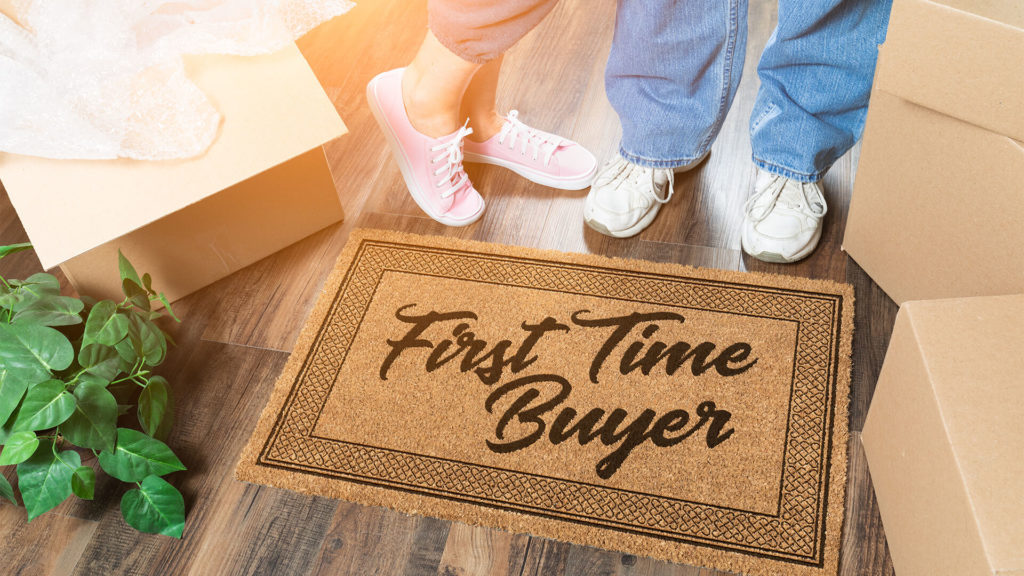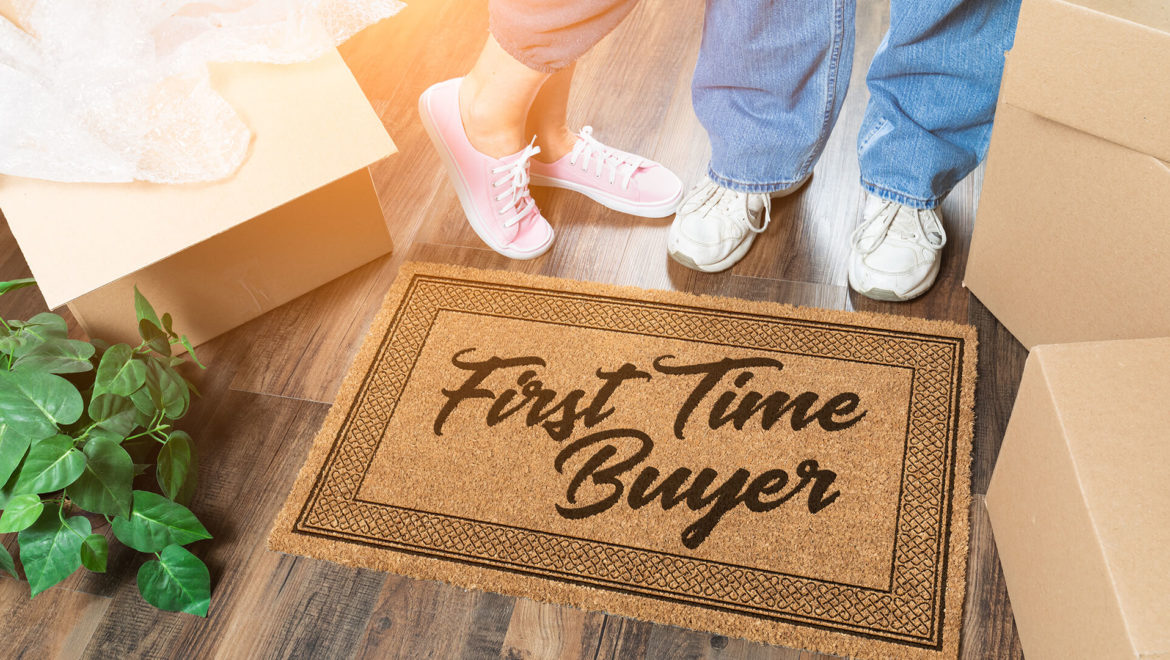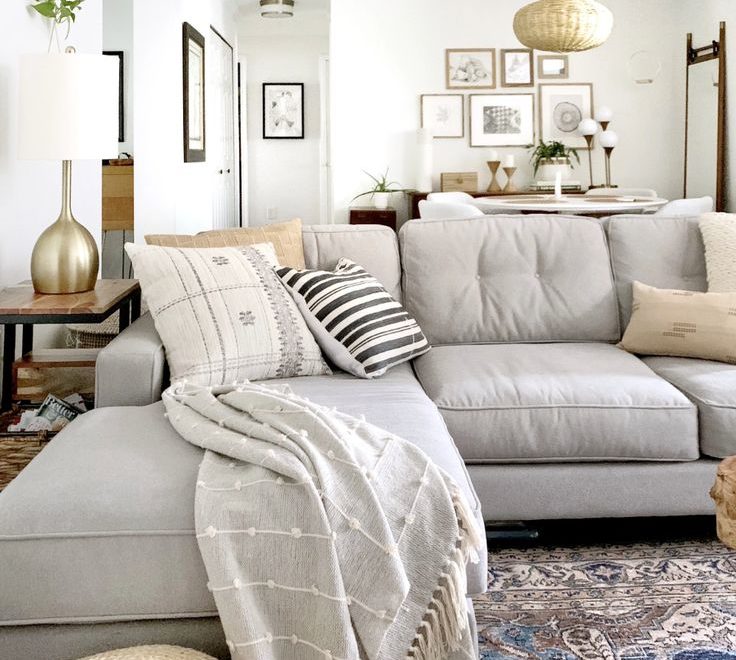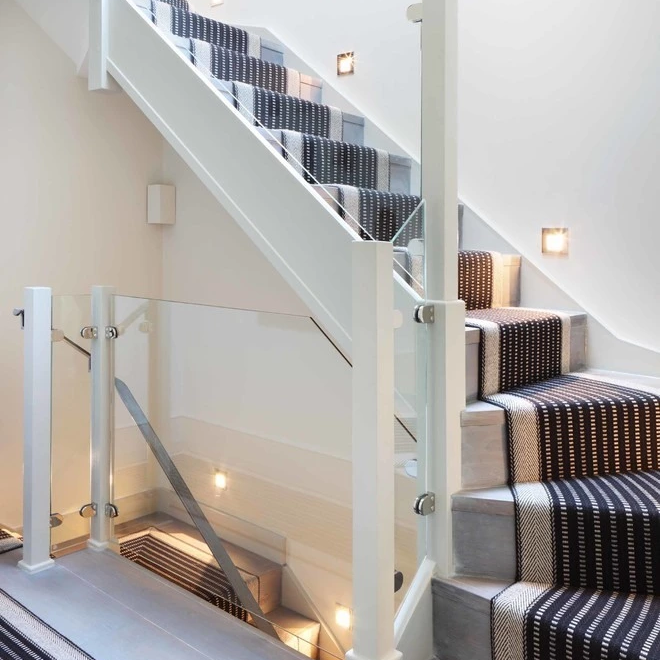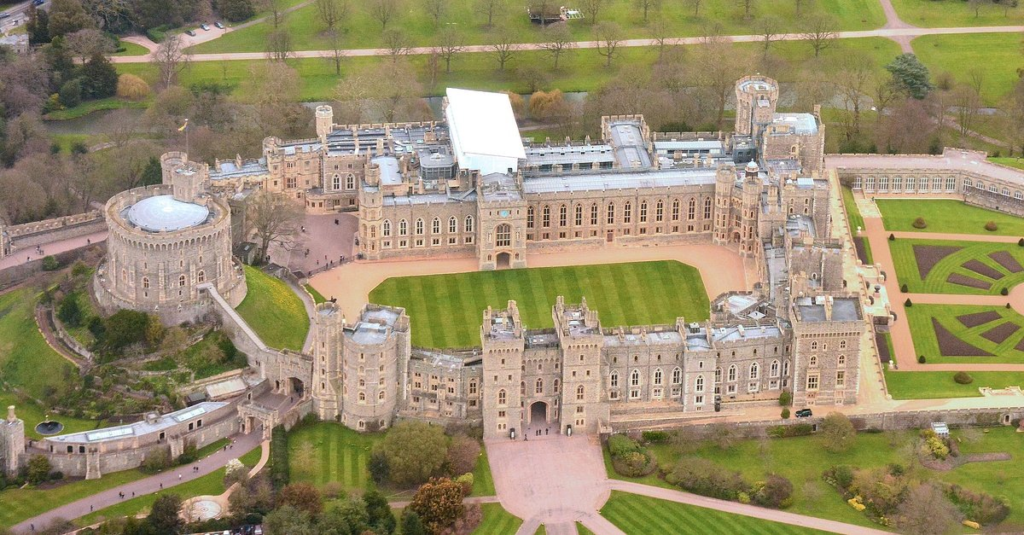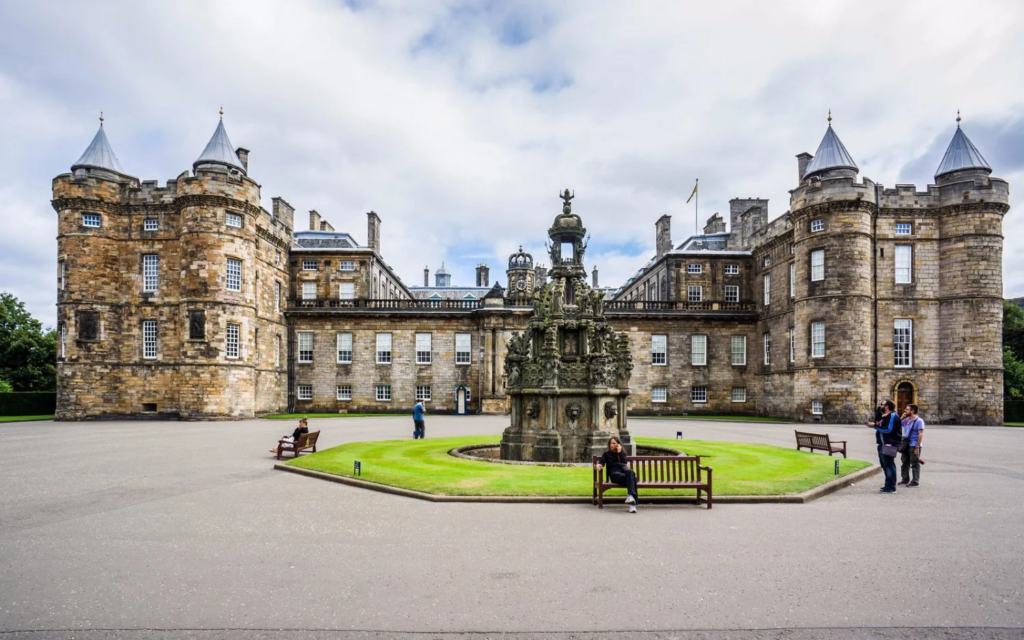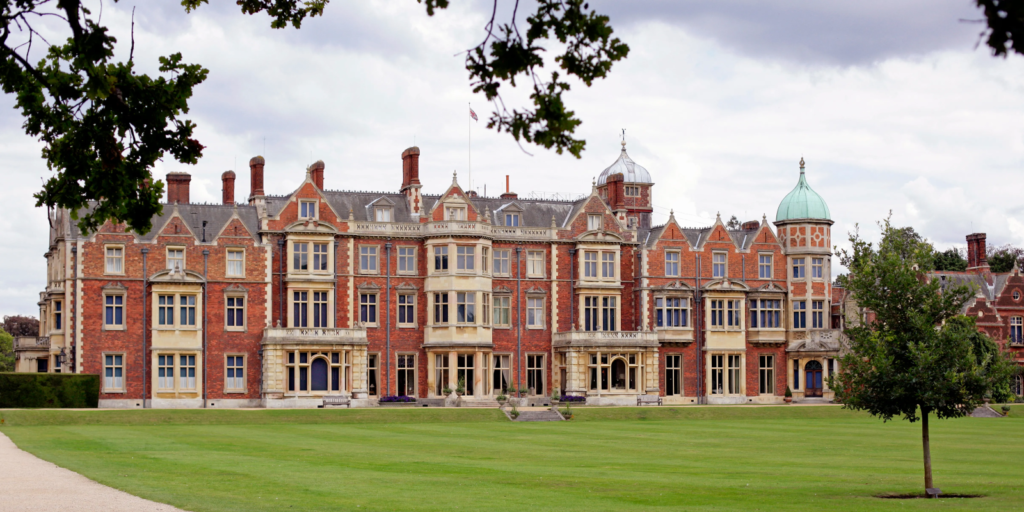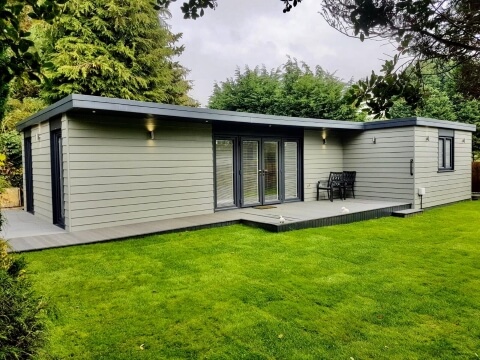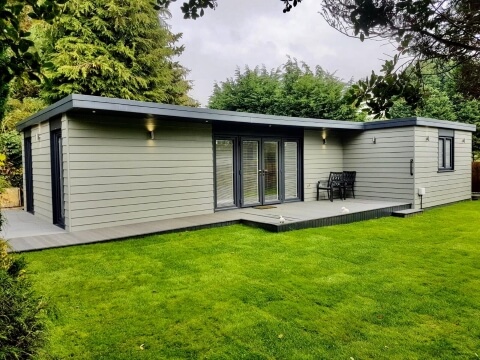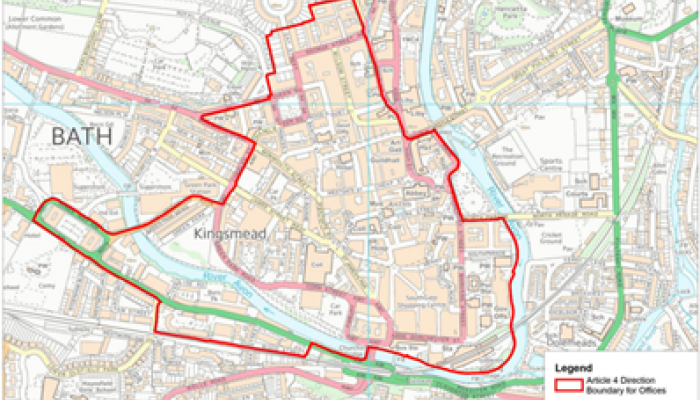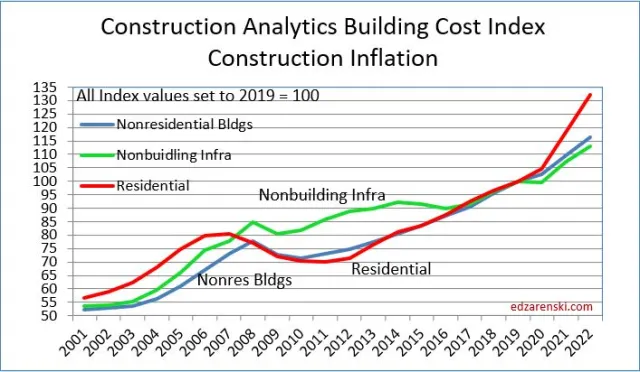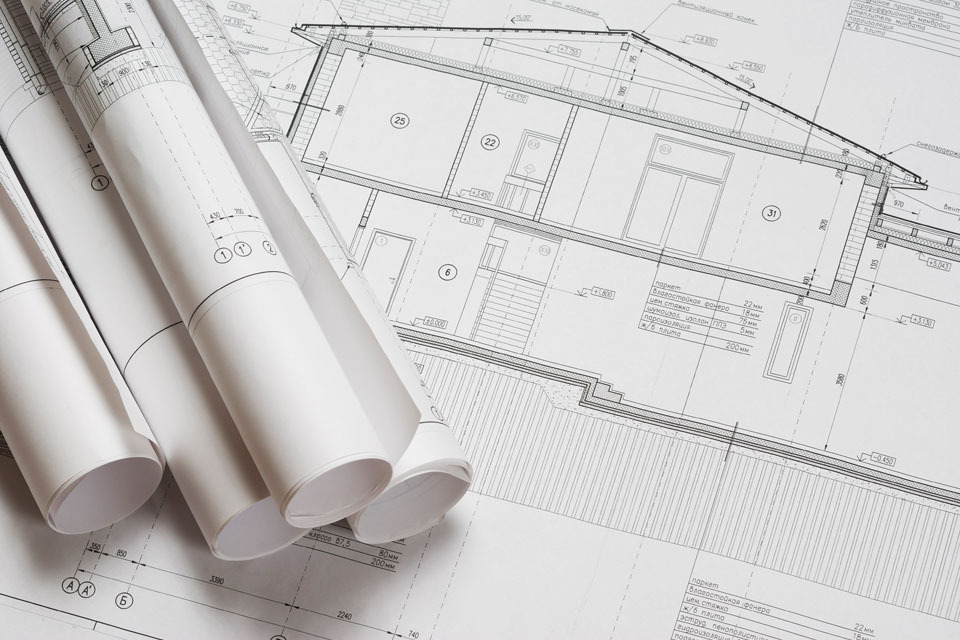How will the cost-of-living crisis affect first time buyers?
The rising cost of living have become a large hurdle when it comes to purchasing a first-time home. Research has shown that 7 out of 10 first time buyers are delaying their start into the property market. This is due to their ability to save for a deposit, which is being impacted by the cost-of-living crisis.
What is causing the cost-of-living crisis?
The cost-of-living crisis is caused by higher inflation, and low wage growth making many households struggle to keep up with their bills.
Covid was a big factor to the start of the crisis. Inflation fell as households were cutting back on spending and started saving their money. Once restrictions got lifted companies were not ready for the rise in demand. This caused supply shortages and rising prices.
Just as the Covid supply issues were starting to be resolved, the Russian invasion of Ukraine made those problems so much worse. This caused oil, gas, energy, and food prices to increase drastically.
What does this mean for first time buyers?
When mortgage lenders assess whether or not a first-time buyer can afford a mortgage they will seek to confirm if the borrower’s income will exceed costs during the term of the mortgage. Higher inflation and taxes mean higher monthly costs are on the horizon, meaning first time buyers will have less room for error to qualify for a mortgage.
How long will it take first time buyers to save for a deposit?
A survey of 2,051 people looking to buy their first home in the next few years have stated that saving for a deposit is the biggest hurdle. They were then asked how long they though this crisis would delay their plans to start house hunting. The results were that 77% said up to 3 years and 57% said up to 2 years.
When will inflation prices go down?
Currently there is no straight answer on when the prices will go down. Although, economic outlook researches have predicted that 2022 will have the highest rate of inflation, measured at 5.2%. Whereas, in 2023-2025 it is estimated that the inflation rate will average around 1.5%.
